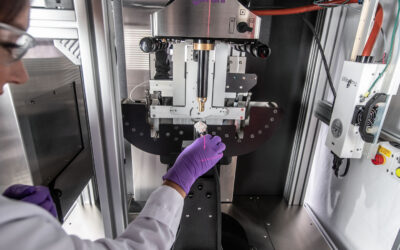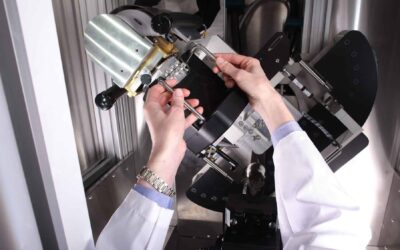Programmed Cell Death-1 (PD-1) is an inhibitory immune receptor, which plays critical roles in T cell co-inhibi-tion and exhaustion upon binding to its ligands PD-L1 and PD-L2. We report the crystal structure of the human PD-1 ectodomain and the mapping of the PD-1 binding interface. Mutagenesis studies confirmed the crystallo-graphic interface, and resulted in mutant PD-1 receptors with altered affinity and ligand-specificity. In particular, ahigh-affinity mutant PD-1 (HA PD-1) exhibited 45 and 30-fold increase in binding to PD-L1 and PD-L2, respectively, due to slower dissociation rates. This mutant (A132L) was used to engineer a soluble chimeric Ig fusion protein for cell-based and in vivo studies. HA PD-1 Ig showed enhanced binding to human dendritic cells, and increased T cellproliferation andcytokine production in a mixed lymphocyte reaction (MLR) assay.Moreover,in an experimental model of murine Lewis lung carcinoma, HA PD-1 Ig treatment synergized with radiation therapy to decrease local and metastatic tumor burden, as well as in the establishment of immunological memory responses. Our studies highlight the value of structural considerations in guiding the design of a high-affinity chimeric PD-1 Ig fusion protein with robust immune modulatory properties, and underscore the power of combination therapies to selectively manipulate the PD-1 pathway for tumor immunotherapy.
Eszter Lázár-Molnár, LisaScandiuzzi, Indranil Basu, ThomasQuinn, Eliezer Sylvestre, Edith Palmieri, Udupi A. Ramagopal, Stanley G. Nathenson, Chandan Guha, Steven C. Almo






